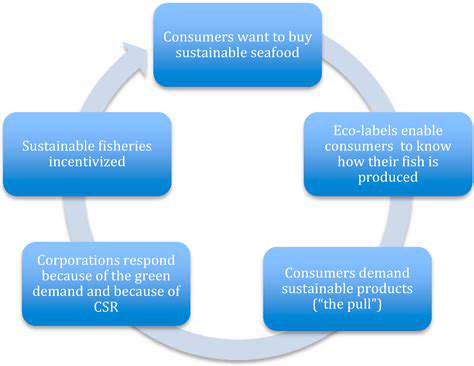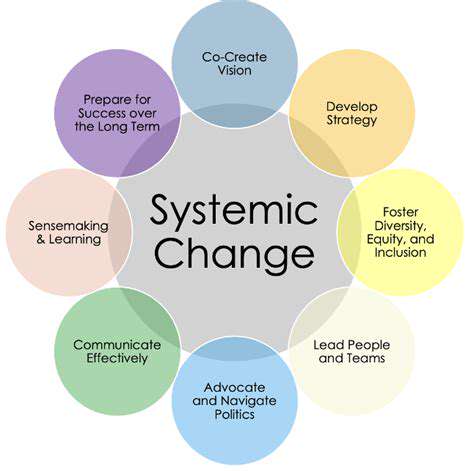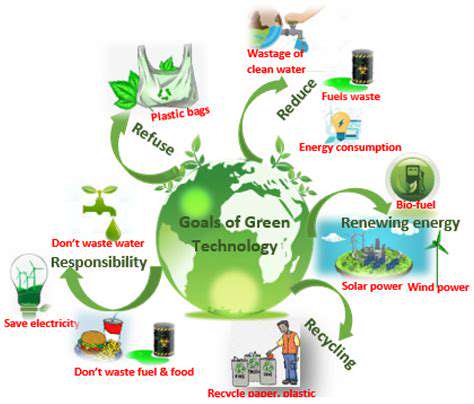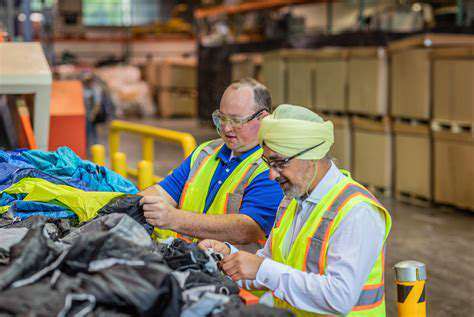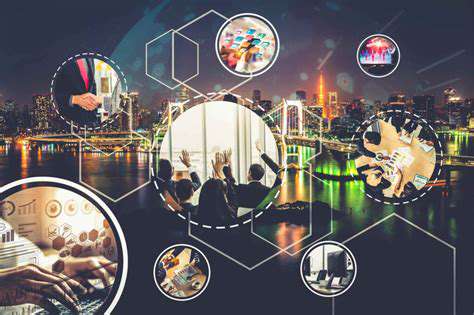The Impact of Forced Labor in the Fashion Industry
The Human Cost of Fast Fashion
Beneath the glossy store displays lies an ugly truth: garment workers routinely face coercion, hazardous conditions, and stolen wages. Many endure 18-hour shifts in structurally unsafe buildings, denied even bathroom breaks. This isn't just about low pay - it's about fundamental human dignity being stripped away to keep Western closets overflowing with disposable clothing.
The environmental devastation compounds the human suffering. Toxic dyes poison waterways near factories, while mountains of discarded textiles choke landfills. The fast fashion model represents a double crisis - simultaneously exploiting people and the planet. Only systemic transformation can break this destructive cycle.
Addressing the Issue Through Education and Advocacy
Fighting fashion slavery requires action on all fronts. Consumers need to learn how their purchases directly impact workers' lives - it's not enough to check a Made In label. True awareness means understanding the living conditions behind each stitch, from child labor in cotton fields to factory fires with locked exits.
Grassroots campaigns and shareholder activism are forcing brands to clean up their supply chains. New laws now require companies to disclose anti-slavery efforts, though enforcement remains spotty. The most effective solutions will emerge from unlikely alliances - unions partnering with tech startups to monitor factories, or religious groups collaborating with fashion influencers to shift consumer behavior.
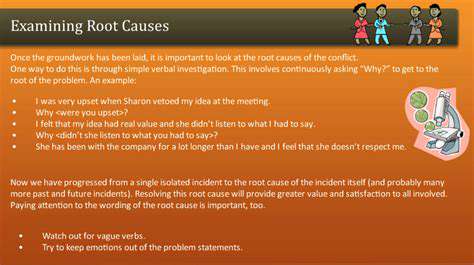
Tracing the Threads of Exploitation: Identifying and Addressing the Issue

Tracing the Roots of Exploitation
Modern exploitation patterns mirror colonial-era extraction models, where powerful entities profit from vulnerable populations. Today's economic imperialism simply wears different disguises - corporate codes of conduct that look good on paper but fail in practice, or auditing firms that turn blind eyes to violations.
The Mechanisms of Exploitation
Predatory systems trap workers through calculated methods: confiscated passports, withheld wages, and fabricated debts. The most insidious tactic is psychological control - convincing workers they deserve abuse or have no better options. Language barriers and immigration fears further silence victims.
Economic Exploitation and the Global Economy
Outsourcing creates accountability black holes. When a $50 dress passes through 12 countries, each middleman takes a cut while distancing brands from responsibility. Blockchain tracking and direct supplier relationships could revolutionize transparency if properly implemented.
Social and Political Exploitation
Marginalized groups face compounded risks. Migrant women in textile hubs endure sexual harassment alongside wage theft, while minority workers get assigned the most dangerous tasks. Exploitation feeds on existing societal fractures, making intersectional solutions essential.
Technological Exploitation in the Digital Age
While apps help expose labor abuses, they also enable new surveillance. Some factories now use facial recognition to punish workers who organize. The same tools that liberate can also oppress without proper safeguards.
Exploitation in Healthcare and Education
Garment workers routinely skip meals to afford medicine after factory injuries. Their children leave school early to supplement family income. This generational poverty cycle demands holistic interventions addressing workers' entire wellbeing.
Addressing the Systemic Nature of Exploitation
Band-aid solutions fail because the system is designed to exploit. Real change requires dismantling the fast fashion economic model itself - transitioning to slower production, fair pricing, and circular design principles.
The Role of Consumers in Driving Change: Beyond the Price Tag
Consumer Activism and Ethical Consumption
Today's shoppers wield unprecedented power through collective action. When thousands cancel orders over labor violations, companies feel immediate financial consequences that shareholder meetings can't ignore. Mobile apps now let consumers scan clothing tags for factory conditions before purchasing.
The Impact of Forced Labor on Consumer Choices
Conscience increasingly outweighs convenience. Many shoppers now accept slightly higher prices or longer waits for ethically made items. This values shift terrifies fast fashion executives reliant on impulse purchases of questionably sourced goods.
Sustainable Practices and the Consumer's Role in Shaping the Future
The most impactful choice isn't just what to buy, but how much. Reducing overall consumption defeats fast fashion's planned obsolescence model. Secondhand markets and clothing swaps gain popularity as status symbols shift from new to responsible.
